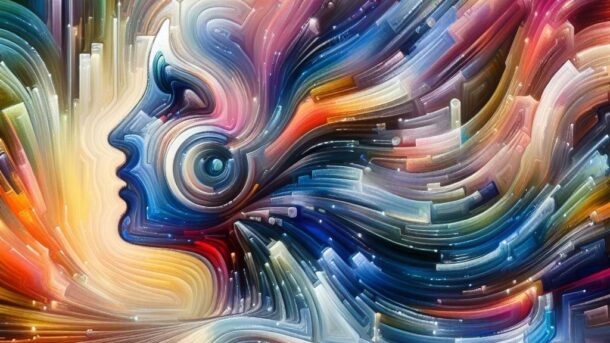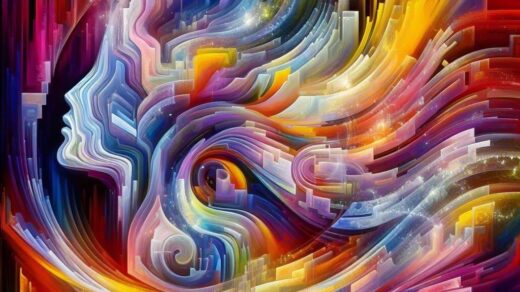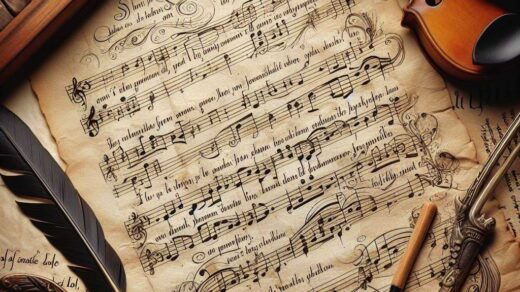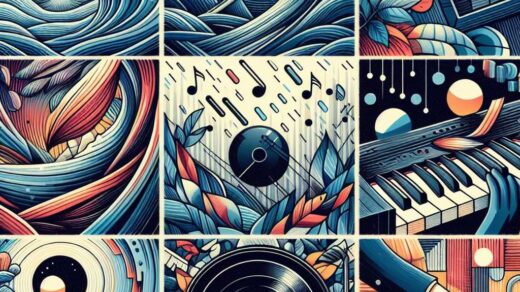olehova – Sound poetry is a unique and avant-garde form of artistic expression that focuses on the phonetic and sonic aspects of language rather than its semantic meaning. It utilizes vocal sounds, intonations, rhythms, and other auditory elements to create compositions that transcend traditional linguistic boundaries. Unlike conventional poetry, which relies heavily on the meaning of words, sound poetry prioritizes the musicality and aesthetic qualities of language.
A Brief History
The roots of sound poetry can be traced back to the early 20th century, with movements such as Dadaism and Futurism playing pivotal roles in its development. Artists and poets like Hugo Ball, Tristan Tzara, and Filippo Tommaso Marinetti experimented with nonsensical language, phonetic vocalizations, and typographical innovations to challenge conventional literary forms. Over the years, sound poetry has evolved and diversified, with contemporary artists continuing to push the boundaries of sonic experimentation.
The Elements of Sound Poetry
Phonetics and Phonology
At the core of sound poetry lies a fascination with the sounds and structures of language. Sound poets explore the phonetic properties of words, including their sounds, syllables, and phonemes, to create rhythmic and melodic compositions. By manipulating phonetic elements such as pitch, tone, and timbre, they craft intricate sonic landscapes that engage the listener’s auditory senses in profound ways.
Rhythm and Meter
Like traditional poetry, sound poetry often incorporates rhythmic patterns and meter into its compositions. However, in sound poetry, the emphasis is less on regular meter and more on the organic flow and cadence of vocal sounds. Sound poets employ various techniques such as repetition, syncopation, and improvisation to create dynamic and pulsating rhythms that captivate the listener’s ear.
The Evolution of Sound Poetry
Influence on Contemporary Art
Sound poetry’s influence extends beyond the realm of literature and poetry, permeating various forms of contemporary art and performance. Artists working in fields such as experimental music, performance art, and multimedia installations draw inspiration from the principles of sound poetry to create immersive and interdisciplinary works. Sound poetry’s emphasis on sonic experimentation and nonverbal communication has contributed to its enduring relevance in the modern artistic landscape.
Technological Advancements
Advancements in technology have opened up new avenues for sound poets to explore and experiment with sonic expression. Digital tools such as synthesizers, samplers, and audio editing software allow artists to manipulate and transform vocal sounds with unprecedented precision and complexity. Additionally, the internet has facilitated the dissemination of sound poetry to a global audience, enabling artists to connect, collaborate, and share their work with others across geographical boundaries.
The Impact of Sound Poetry
Provoking Thought and Emotion
Sound poetry has the power to evoke a wide range of emotions and sensations in listeners, transcending linguistic barriers and cultural boundaries. By foregrounding the sonic qualities of language, sound poets create immersive auditory experiences that stimulate the imagination and provoke thought. Whether through cacophonous cacophony or melodic harmony, sound poetry invites listeners to engage with language in a visceral and intuitive way, fostering a deeper appreciation for the inherent musicality of words.
Challenging Conventions
Sound poetry challenges conventional notions of language, communication, and meaning, inviting listeners to question and reevaluate their assumptions about the nature of words and their significance. By foregrounding the materiality of language, sound poets disrupt linguistic norms and subvert expectations, opening up new possibilities for creative expression and interpretation. In doing so, sound poetry challenges listeners to listen actively, to engage with language as an embodied experience, and to embrace the ambiguity and fluidity of meaning.
Sound poetry is a captivating and boundary-pushing art form that transcends traditional notions of poetry and language. By foregrounding the sonic qualities of words and their combinations, sound poets create immersive auditory experiences that challenge, provoke, and inspire. Whether through live performances, audio recordings, or multimedia installations, sound poetry invites listeners to engage with language in new and unexpected ways, fostering a deeper appreciation for the expressive potential of sound itself.



